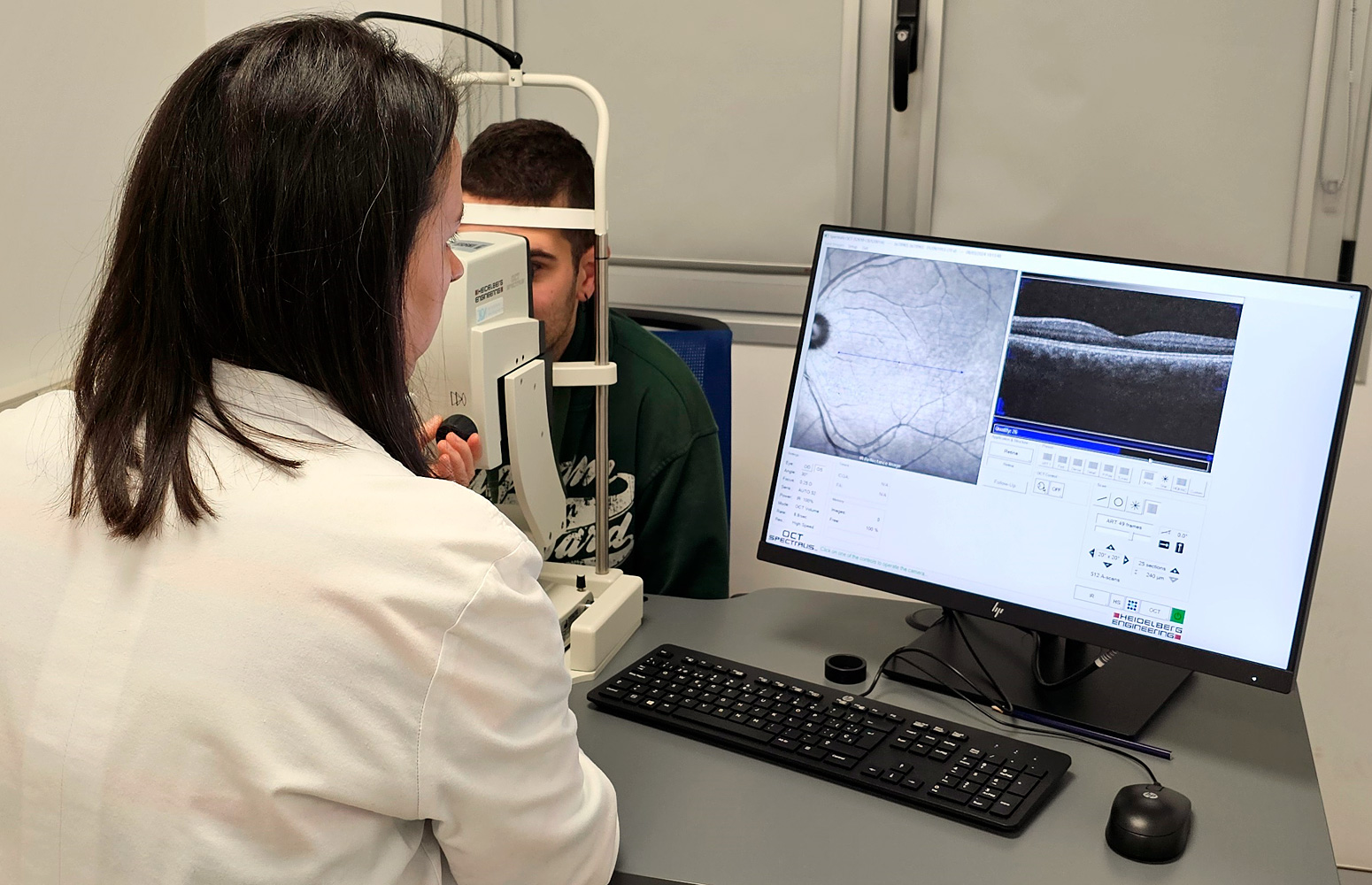Researchers in the UPV/EHU’s Neuropsychopharmacology group have published a scientific paper in which the mechanism of action of the hallucinogen psilocybin in mice is studied in depth. Psilocybin is in advanced stages of clinical trials aimed at treating various psychiatric disorders such as depression or addictions.
Psychedelic drugs to treat psychiatric disorders
Research at the UPV/EHU-University of the Basque Country provides valuable data on the involvement of the serotonergic system in the effects of psilocybin
- Research
First publication date: 03/11/2022

Psilocybin has emerged as a potentially useful drug for a number of neuropsychiatric disorders, and has displayed a rapid onset of therapeutic activity. However, the mechanisms responsible for these effects remain poorly understood. A piece of work by the UPV/EHU’s Neuropsychopharmacology group and published under the title ‘Serotonin 5-HT2A, 5-HT2C and 5-HT1A receptor involvement in the acute effects of psilocybin in mice. In vitro pharmacological profile and modulation of thermoregulation and head-twitch response’, entails an in-depth study into the mechanism of action of the hallucinogen psilocybin in mice. The results are significant when it comes to understanding both the mechanism of action underlying the therapeutic effects and the potential unwanted side effects of this psychedelic substance.
Psilocybin occurs naturally in certain species of hallucinogenic mushrooms (fungi of the 'Psilocybe' genus, among others). It was studied during the 1960s for the treatment of various mental disorders, but its use and distribution were banned from 1972 onwards. However, in recent years, the scientific community has resumed research on this and other substances with similar characteristics, such as MDMA or LSD. Clinical trials conducted in both Europe and America are displaying promising results. “These studies have triggered the decriminalisation of psilocybin and other hallucinogens with therapeutic potential in the United States, which is a step towards the future approval for their clinical use by the various regulatory agencies, mainly the Food & Drug Administration (FDA) and the European Medicines Agency (EMA),” explained Ines Erkizia, pre-doctoral researcher in the group and lead author of the article.
The acute effects of psilocybin and its active metabolite, psilocin, have been widely described both in clinical settings and by users in recreational settings. These include changes in perception, such as auditory or visual hallucinations, and mystical or spiritual experiences. Among the long-term effects, users perceive positive changes in mood and state of mind, which could lead to an improvement in the symptoms of certain psychiatric disorders. The mechanisms underlying these effects are not fully understood, but have been linked to increases in neuronal plasticity that appear to involve alterations in the connectivity of the cerebral cortex.
“We have confirmed a similar pharmacological profile of psilocin in humans and rodents,” she said. “A comprehensive pharmacological study was also conducted to identify optimal doses to be used in future scientific studies involving basic and clinical research. Our findings provide valuable data on how the serotonergic system is involved in the effects of psilocybin,” stressed Ines Erkizia.
The results of this research may provide a new perspective on the drug's therapeutic targets for future clinical studies.
Additional information
The study now published is part of a project recently awarded by the Spanish Ministry of Science and Innovation (PID2021-123508OB-100), and whose principal researcher is Jorge E. Ortega. This work has also received funding from the Vital Fundazioa Foundation.
The UPV/EHU’s Neuropsychopharmacology group is attached to the Department of Pharmacology and carries out its activities mainly at the headquarters of this Department in the Faculty of Medicine and Nursing on the Leioa campus.
The Neuropsychopharmacology group is part of the Biomedical Research Network in Mental Health CIBERSAM, an initiative of the Carlos III Spanish National Institute of Health. It is made up of twenty-five clinical and basic research groups devoted to conducting cooperative research into mental illness with a translational view. The group also belongs to the Biocruces Bizkaia Health Research Institute, forming part of the research area known as 'Initial phases of psychosis', led by the Psychiatry Department of University Hospital Cruces.
Bibliographic reference
- Serotonin 5-HT2A, 5-HT2C and 5-HT1A receptor involvement in the acute effects of psilocybin in mice. In vitro pharmacological profile and modulation of thermoregulation and head-twitch response
- Biomedicine & Pharmacotherapy. Volume 154, October 2022, 113612
- DOI: 10.1016/j.biopha.2022.113612




